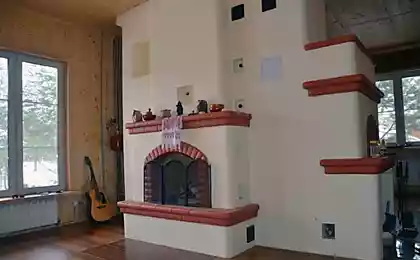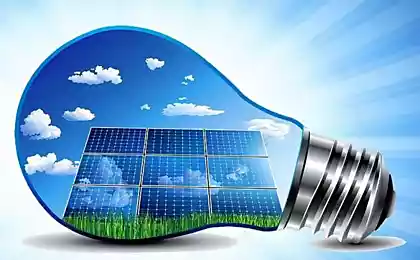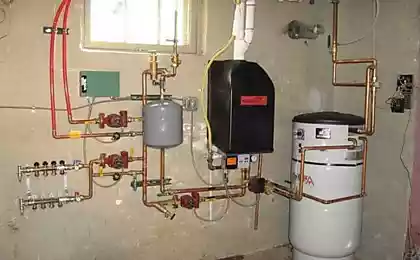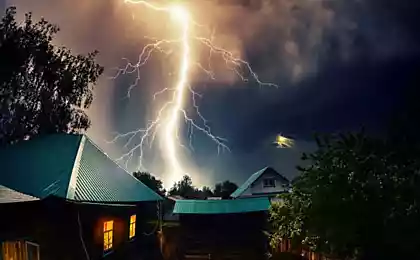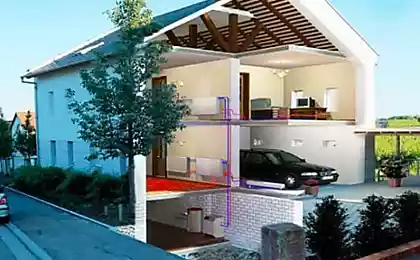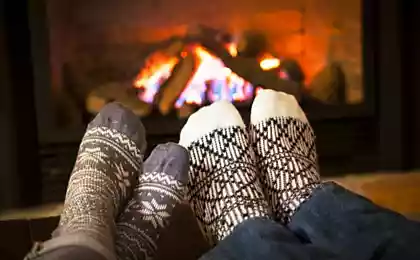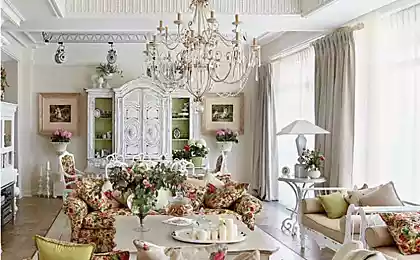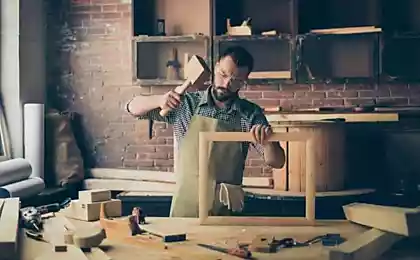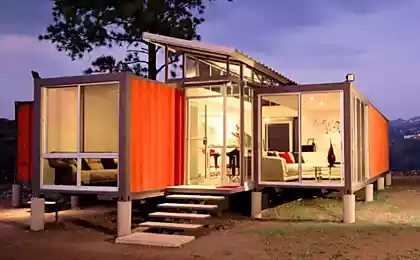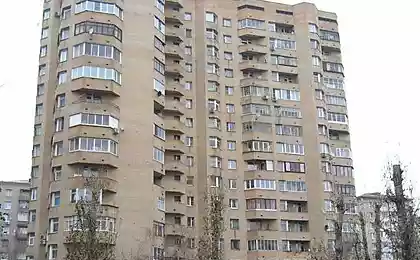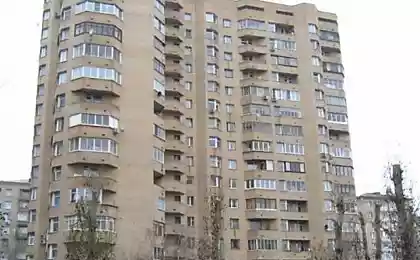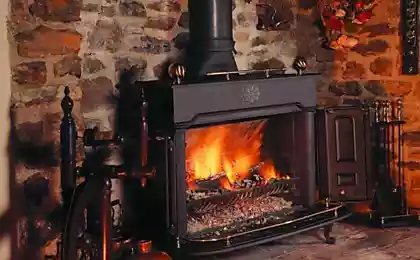754
Heating country house
The most modern and popular way of heating a country house — individual hot water heating system.
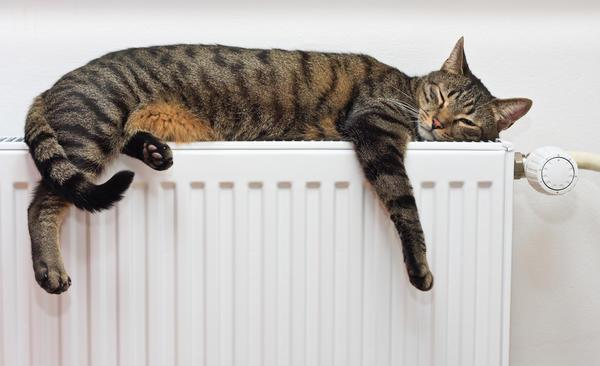
Oil heaters, fan heaters, stoves and fireplaces it is advisable to use only as secondary sources. And air heating, characteristic of large urban facilities, in a country house still looks technical exotic.
The heating system is the complex of boilers, pipelines, pumps, shut-off control devices, automatic devices and control for the transmission of thermal energy from the heat source in the room. Reliability, durability and efficiency of such systems depends on the adopted scheme, its correct calculation and selection of equipment, optimal operation and regular maintenance. In this article, we concisely "walk" the entire process chain — from generating thermal energy to its transfer into the living space.
The types of heating boilers heat Generator in the hot water heating system is the boiler. By design, they are divided into:
Solid fuel boilers areLow the popularity of traditional solid fuel (wood or coal) boilers, with a bit of fuel availability due to the need to run 3-4 inserts per day. Not everyone wants in the twenty-first century to be "forced stokers".

Mode of heat transfer in such boilers is cyclical in nature and the changes of daily air temperature in the heated rooms of up to several degrees. There are 2 ways of compensating for these deficiencies:
to reduce the number of inserts in half by increasing the burning time using the bulb that regulates the flow of air, to acquire a water tank with a capacity of 2-10 m3, which are included in the heating system an additional component.
Electric boilers
The advent of pellet boilers is indeed returned to the good name of solid-fuel boilers direction. This is a fairly new device, used to provide thermal energy pellets -- pellets are oblong with a length of 3-4 cm and a diameter of 1 cm In fact it is pressed wood waste production. 1 kg of pellets during combustion provides receive up to 5 kW hours of heat.
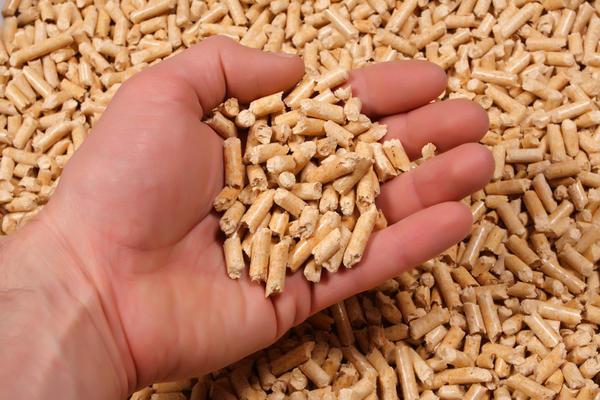
So what is its charm compared to conventional solid-fuel boilers? Melkooptovuyu a lot easy for dosing and feeding (rotating screw, as a grinder) into the furnace in automatic mode. Thus excluded and furnace work, and the diurnal temperature swings in the living room.
Electric boilers, due to the "biting" of the cost of electricity (and here you must connect the significant capacity), are not popular in suburban partnerships. If this problem was not there, the electric boiler would be the best option for the country house.
Oil boilersGas boilers collegequalified truckers push for environmental reasons. And the need for uninterrupted supply of fuel in any weather, especially in the bitter cold, it also brings concern in the hearts of customers when selecting boiler equipment.
But, by installing an oil boiler you can provide domestic heating system in almost complete independence from external sources. For example, from the supply gas main. But if in addition to the oil boiler to install a standalone power source (to ensure the normal operation of automatics of the boiler, burner, pumps) will disappear and the dependence on the supply of electricity. The main concern is the supply of diesel fuel.

Consumption of liquid fuels (when the boiler operates at full capacity) can be roughly calculated by simple formula: fuel Consumption (l/h) = power burners (kW) x 0.1.
It remains to multiply the obtained result by the price of diesel fuel, and the cost of a comfortable winter in the city becomes clear.
There are lucky people in whose country-house the conducted mains gas. They can afford gas fired boilers not more expensive fuel, and has excellent environmental indicators.
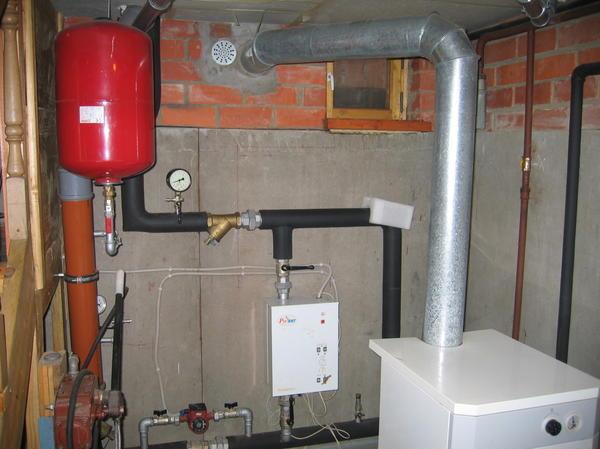
The devices on gas, have today a high efficiency reaching 95%, and in the case of using the gas boilers of the condensing type and in excess of 100%. Adherents of a school course of physics should not hurry to catch the author in a blasphemous ignorance. Where have you seen that the efficiency exceeds 100%? — The fact that this avant-garde technique and efficiency is considered to be different. Accounted for, so to speak, hidden from time to time reserves.
It should be noted that earlier for the installation of gas heating equipment required a separate room (boiler). Today it is usually preserved for boilers with open combustion chamber. If it is not possible to allocate a house in the area, choose a device with a closed chamber. A boiler can be hung on the wall in the kitchen, for example. They are called in the professional slang — "and wall."
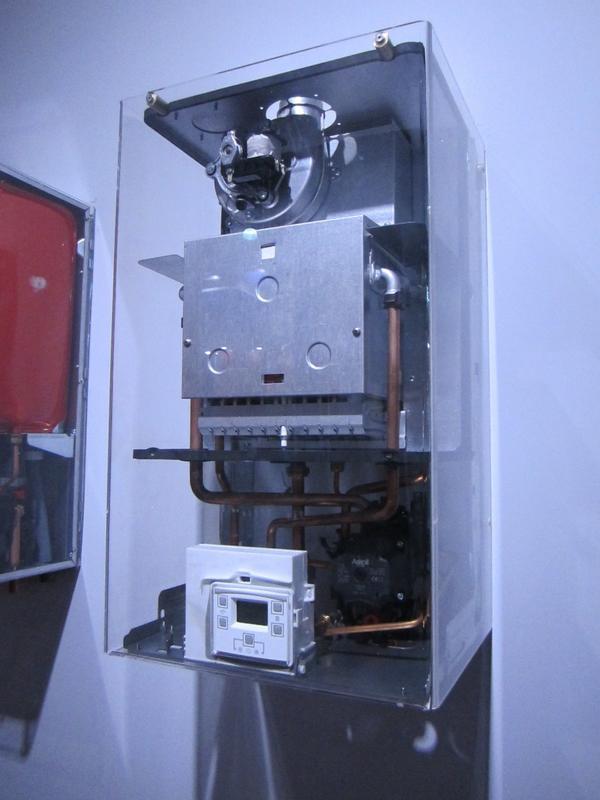
The choice of boiler depends on the type of fuel that is available in your area.
A preliminary calculation of the boiler capacity Now, when you are offered a complete range of modern water-heating equipment, you will be able to determine the required capacity of the boiler for your home. For the calculation you will need two parameters:
1) the area of heated space (S);
2) the specific capacity of the boiler for 10 sqm of heated space that is installed with the amendments to the climatic conditions of the region (Wуд.):
Example:
Area of heated space S= 150 m2.
The power density (Wуд.) for the South of Russia = 0.7 kW.
Thus, W cat. = 150 x 0.7/10 = 10,5 kW.
From the area of the house will depend on the type of water heating with natural or forced circulation of the coolant. The first (due to low inertia) can be used in the buildings area not exceeding 100 sq. m. For a larger area of the necessary forced circulation of the coolant, which is done by circulating pumps. They are mounted in reverse (chilled) line leading from the heating radiators to the boiler. According to experts, such a system increases the service life of the boiler, saving it from contact with the superheated water. It should be noted that modern gas boilers such pumps already built into the housing of the heat generator.
Types of heating piping Piping for heating systems resemble the blood vessels that carry throughout the body the necessary energy. The range of pipes for heating systems is exceptionally wide. This:
The disadvantage of the traditional and the usual steel tubes — the need for welding works at installation of the system and the corrosive processes occurring in their walls.
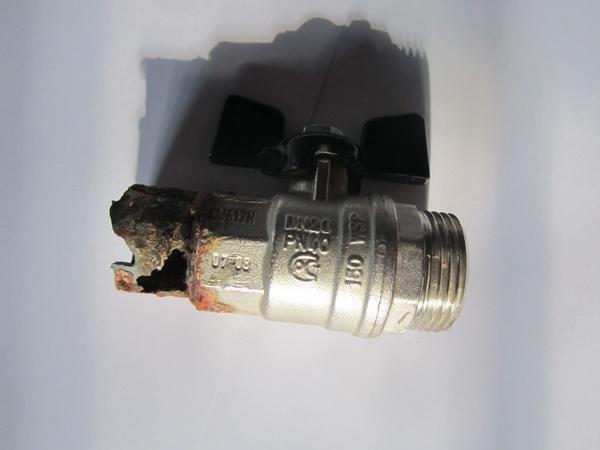
Such shortcomings deprived of galvanized pipes, if during their installation, use threaded connections. Of course, the iron pipe is heavy, and require plumbers with qualifications, which is not so easy to find.
The aforementioned disadvantages are not found in plastic pipes, among which the technological qualities lead plastic construction (aluminum is a thin-walled tube with inner and outer sides covered with plastic). To their main advantages are:
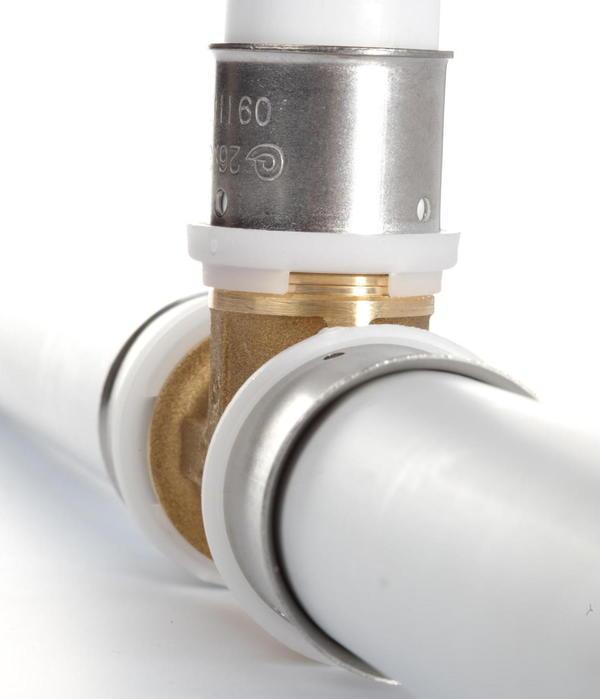
Plastic (metal-polymer) pipes mount by using a press or threaded connections without welding. This greatly reduces the installation costs. As a result, you acquire environmentally friendly heating system.
Eyes get more and more distribution pipelines made of polypropylene, able to withstand quite high (up to 100 ° C) heat.
If you decide to hide pipes in the walls of the house, you will need copper piping, connected by high temperature solder silver bearing solder. Copper is resistant to high temperatures (200 ° C), and copper piping can withstand a burst pressure of 200 ATM. However, the "copper pipe" in the literal and figurative sense – it is not typical of products for garden and country houses and delve into this subject, you will agree, inappropriate.
The length of the piping in the heating system depends on the owner of the circuit wiring (two-pipe or single-pipe). A modern heating system for large areas implies a double pipe wiring diagram. It allows you to change the temperature in each room using thermostats. In favor of one pipe scheme says only its affordable price.
The types of heaters and the requirements for their installation To transfer heat from the coolant to the heated space is used space heaters.
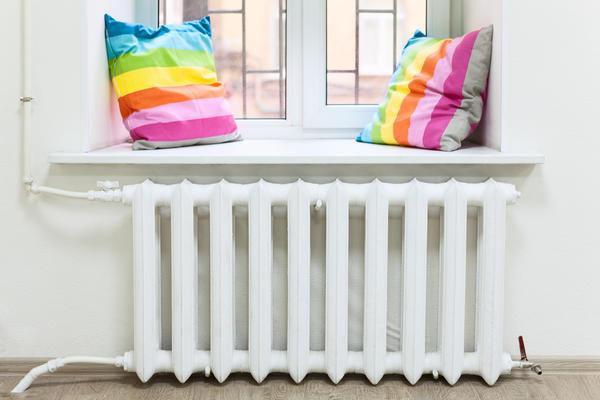
The most commonly used convective-radiation (radiators of all types) and convection (finned).
For an approximate calculation of the required number of partitions accordion-radiator enough to know the heat transfer of one section, and she usually does not exceed 200 watts. With good insulation country house for effective heat sufficient 100 W per 1 square meter. That is, one section of the radiator heats approximately 2 square meters. For a room of 16 square meters, for example, will be enough eight sections of the radiator.
It is necessary to mention that in modern homes with sound insulation, for heating of 1 sq. m of useful area is enough for 50 watts. The winning 2 times. Agree, there is something to think about, starting to warm country house.
The location of the radiators is also important in determining the overall efficiency of the heater. For example, placed in deep niche under the sill, the radiator will reduce the impact of interest on 10. A decorative box, often hiding the industrial design cast iron radiator, add to that another 15-20% of the heat.
A wide and varied range of heating appliances. The cottages can use all their varieties. Famous for their durability, but have high thermal inertia cast iron radiators are used less often. Often used steel radiators panel type. These batteries work great in tandem with thermostats. Traditionally popular in Russia, aluminum and bimetal heaters.
Although the radiators-bunching we see almost every day, and because they seem to us commonplace objects they need proper attitude.
First of all, how to connect the radiator to the network? It is this "problem" often leads to reprogram heater — full or partial.
Only has three types of connection (location of inlet and outlet of the coolant) of the radiator: diagonal, bottom and side. The first is the most effectively and ensure a uniform heating of the device. If the hot water comes and goes from the bottom, it often simply does not have time to warm up the top. By side connection (both pipes on one side of the battery) usually have time to heat up only near 3-4 sections. In this case, you will have to call a specialist to reconnect the radiator.
Another traditional problem in the radiator the air tube. If when filling the battery in its upper part formed air bubble, it is capable, like the tube, completely shut off circulation.

To overcome this "trouble" is quite simple: the radiator installed or a special bleed (manual mode) the air faucet or faucet Majewski — needle air valve. It is necessary to press a regular screwdriver counterclockwise and wait for the exit bubble.
From the point of view of energy conservation have proven to be a relatively new control devices — thermostats. They are easy to use and allow you to save heat in the house.

It would be unfair not to mention the heating convectors. They represent the heating elements (steel or copper pipe with steel or aluminum fins) that are enclosed in the casing. Such design of the heat passing through them from the bottom up in the air. They are smaller and cheaper, well-kept pressure, corrosion resistant. However, when severe frosts power of the convector may not be enough to heat a detached small house.
Heating country house will be reliable and economical in that case, if all components of the system will be manufactured at the enterprises companies, has long been positively proven in the construction market. A clever combination of energy-saving boilers, modern pipes and radiators connected with professionals competent in thermal engineering project will ensure reliable operation of heating systems. published
P. S. And remember, only by changing their consumption — together we change the world! © Join us at Facebook , Vkontakte, Odnoklassniki
Source: www.7dach.ru/Oleg_Stroitel/otoplenie-zagorodnogo-doma-40234.html

Oil heaters, fan heaters, stoves and fireplaces it is advisable to use only as secondary sources. And air heating, characteristic of large urban facilities, in a country house still looks technical exotic.
The heating system is the complex of boilers, pipelines, pumps, shut-off control devices, automatic devices and control for the transmission of thermal energy from the heat source in the room. Reliability, durability and efficiency of such systems depends on the adopted scheme, its correct calculation and selection of equipment, optimal operation and regular maintenance. In this article, we concisely "walk" the entire process chain — from generating thermal energy to its transfer into the living space.
The types of heating boilers heat Generator in the hot water heating system is the boiler. By design, they are divided into:
- solid,
- oil,
- electric,
- gas,
- combined.
Solid fuel boilers areLow the popularity of traditional solid fuel (wood or coal) boilers, with a bit of fuel availability due to the need to run 3-4 inserts per day. Not everyone wants in the twenty-first century to be "forced stokers".

Mode of heat transfer in such boilers is cyclical in nature and the changes of daily air temperature in the heated rooms of up to several degrees. There are 2 ways of compensating for these deficiencies:
to reduce the number of inserts in half by increasing the burning time using the bulb that regulates the flow of air, to acquire a water tank with a capacity of 2-10 m3, which are included in the heating system an additional component.
Electric boilers
The advent of pellet boilers is indeed returned to the good name of solid-fuel boilers direction. This is a fairly new device, used to provide thermal energy pellets -- pellets are oblong with a length of 3-4 cm and a diameter of 1 cm In fact it is pressed wood waste production. 1 kg of pellets during combustion provides receive up to 5 kW hours of heat.

So what is its charm compared to conventional solid-fuel boilers? Melkooptovuyu a lot easy for dosing and feeding (rotating screw, as a grinder) into the furnace in automatic mode. Thus excluded and furnace work, and the diurnal temperature swings in the living room.
Electric boilers, due to the "biting" of the cost of electricity (and here you must connect the significant capacity), are not popular in suburban partnerships. If this problem was not there, the electric boiler would be the best option for the country house.
Oil boilersGas boilers collegequalified truckers push for environmental reasons. And the need for uninterrupted supply of fuel in any weather, especially in the bitter cold, it also brings concern in the hearts of customers when selecting boiler equipment.
But, by installing an oil boiler you can provide domestic heating system in almost complete independence from external sources. For example, from the supply gas main. But if in addition to the oil boiler to install a standalone power source (to ensure the normal operation of automatics of the boiler, burner, pumps) will disappear and the dependence on the supply of electricity. The main concern is the supply of diesel fuel.

Consumption of liquid fuels (when the boiler operates at full capacity) can be roughly calculated by simple formula: fuel Consumption (l/h) = power burners (kW) x 0.1.
It remains to multiply the obtained result by the price of diesel fuel, and the cost of a comfortable winter in the city becomes clear.
There are lucky people in whose country-house the conducted mains gas. They can afford gas fired boilers not more expensive fuel, and has excellent environmental indicators.

The devices on gas, have today a high efficiency reaching 95%, and in the case of using the gas boilers of the condensing type and in excess of 100%. Adherents of a school course of physics should not hurry to catch the author in a blasphemous ignorance. Where have you seen that the efficiency exceeds 100%? — The fact that this avant-garde technique and efficiency is considered to be different. Accounted for, so to speak, hidden from time to time reserves.
It should be noted that earlier for the installation of gas heating equipment required a separate room (boiler). Today it is usually preserved for boilers with open combustion chamber. If it is not possible to allocate a house in the area, choose a device with a closed chamber. A boiler can be hung on the wall in the kitchen, for example. They are called in the professional slang — "and wall."

The choice of boiler depends on the type of fuel that is available in your area.
A preliminary calculation of the boiler capacity Now, when you are offered a complete range of modern water-heating equipment, you will be able to determine the required capacity of the boiler for your home. For the calculation you will need two parameters:
1) the area of heated space (S);
2) the specific capacity of the boiler for 10 sqm of heated space that is installed with the amendments to the climatic conditions of the region (Wуд.):
- for the suburbs W SP. = 1,2–1,5 kW;
- for the Northern regions of Russia Wуд. = 1,5–2,0 kW;
- for the Southern regions of Russia Wуд. = 0,7–0,9 kW.
Example:
Area of heated space S= 150 m2.
The power density (Wуд.) for the South of Russia = 0.7 kW.
Thus, W cat. = 150 x 0.7/10 = 10,5 kW.
From the area of the house will depend on the type of water heating with natural or forced circulation of the coolant. The first (due to low inertia) can be used in the buildings area not exceeding 100 sq. m. For a larger area of the necessary forced circulation of the coolant, which is done by circulating pumps. They are mounted in reverse (chilled) line leading from the heating radiators to the boiler. According to experts, such a system increases the service life of the boiler, saving it from contact with the superheated water. It should be noted that modern gas boilers such pumps already built into the housing of the heat generator.
Types of heating piping Piping for heating systems resemble the blood vessels that carry throughout the body the necessary energy. The range of pipes for heating systems is exceptionally wide. This:
- steel, galvanized steel, stainless;
- copper;
- polymer (plastic, polyethylene, polypropylene, reinforced with aluminum).
The disadvantage of the traditional and the usual steel tubes — the need for welding works at installation of the system and the corrosive processes occurring in their walls.

Such shortcomings deprived of galvanized pipes, if during their installation, use threaded connections. Of course, the iron pipe is heavy, and require plumbers with qualifications, which is not so easy to find.
The aforementioned disadvantages are not found in plastic pipes, among which the technological qualities lead plastic construction (aluminum is a thin-walled tube with inner and outer sides covered with plastic). To their main advantages are:
- kislorodopronitsaemaya,
- low coefficient of linear expansion,
- high mechanical strength,
- resistance to corrosion and deposition of sludge on the inner surface, etc.

Plastic (metal-polymer) pipes mount by using a press or threaded connections without welding. This greatly reduces the installation costs. As a result, you acquire environmentally friendly heating system.
Eyes get more and more distribution pipelines made of polypropylene, able to withstand quite high (up to 100 ° C) heat.
If you decide to hide pipes in the walls of the house, you will need copper piping, connected by high temperature solder silver bearing solder. Copper is resistant to high temperatures (200 ° C), and copper piping can withstand a burst pressure of 200 ATM. However, the "copper pipe" in the literal and figurative sense – it is not typical of products for garden and country houses and delve into this subject, you will agree, inappropriate.
The length of the piping in the heating system depends on the owner of the circuit wiring (two-pipe or single-pipe). A modern heating system for large areas implies a double pipe wiring diagram. It allows you to change the temperature in each room using thermostats. In favor of one pipe scheme says only its affordable price.
The types of heaters and the requirements for their installation To transfer heat from the coolant to the heated space is used space heaters.

The most commonly used convective-radiation (radiators of all types) and convection (finned).
For an approximate calculation of the required number of partitions accordion-radiator enough to know the heat transfer of one section, and she usually does not exceed 200 watts. With good insulation country house for effective heat sufficient 100 W per 1 square meter. That is, one section of the radiator heats approximately 2 square meters. For a room of 16 square meters, for example, will be enough eight sections of the radiator.
It is necessary to mention that in modern homes with sound insulation, for heating of 1 sq. m of useful area is enough for 50 watts. The winning 2 times. Agree, there is something to think about, starting to warm country house.
The location of the radiators is also important in determining the overall efficiency of the heater. For example, placed in deep niche under the sill, the radiator will reduce the impact of interest on 10. A decorative box, often hiding the industrial design cast iron radiator, add to that another 15-20% of the heat.
A wide and varied range of heating appliances. The cottages can use all their varieties. Famous for their durability, but have high thermal inertia cast iron radiators are used less often. Often used steel radiators panel type. These batteries work great in tandem with thermostats. Traditionally popular in Russia, aluminum and bimetal heaters.
Although the radiators-bunching we see almost every day, and because they seem to us commonplace objects they need proper attitude.
First of all, how to connect the radiator to the network? It is this "problem" often leads to reprogram heater — full or partial.
Only has three types of connection (location of inlet and outlet of the coolant) of the radiator: diagonal, bottom and side. The first is the most effectively and ensure a uniform heating of the device. If the hot water comes and goes from the bottom, it often simply does not have time to warm up the top. By side connection (both pipes on one side of the battery) usually have time to heat up only near 3-4 sections. In this case, you will have to call a specialist to reconnect the radiator.
Another traditional problem in the radiator the air tube. If when filling the battery in its upper part formed air bubble, it is capable, like the tube, completely shut off circulation.

To overcome this "trouble" is quite simple: the radiator installed or a special bleed (manual mode) the air faucet or faucet Majewski — needle air valve. It is necessary to press a regular screwdriver counterclockwise and wait for the exit bubble.
From the point of view of energy conservation have proven to be a relatively new control devices — thermostats. They are easy to use and allow you to save heat in the house.

It would be unfair not to mention the heating convectors. They represent the heating elements (steel or copper pipe with steel or aluminum fins) that are enclosed in the casing. Such design of the heat passing through them from the bottom up in the air. They are smaller and cheaper, well-kept pressure, corrosion resistant. However, when severe frosts power of the convector may not be enough to heat a detached small house.
Heating country house will be reliable and economical in that case, if all components of the system will be manufactured at the enterprises companies, has long been positively proven in the construction market. A clever combination of energy-saving boilers, modern pipes and radiators connected with professionals competent in thermal engineering project will ensure reliable operation of heating systems. published
P. S. And remember, only by changing their consumption — together we change the world! © Join us at Facebook , Vkontakte, Odnoklassniki
Source: www.7dach.ru/Oleg_Stroitel/otoplenie-zagorodnogo-doma-40234.html
